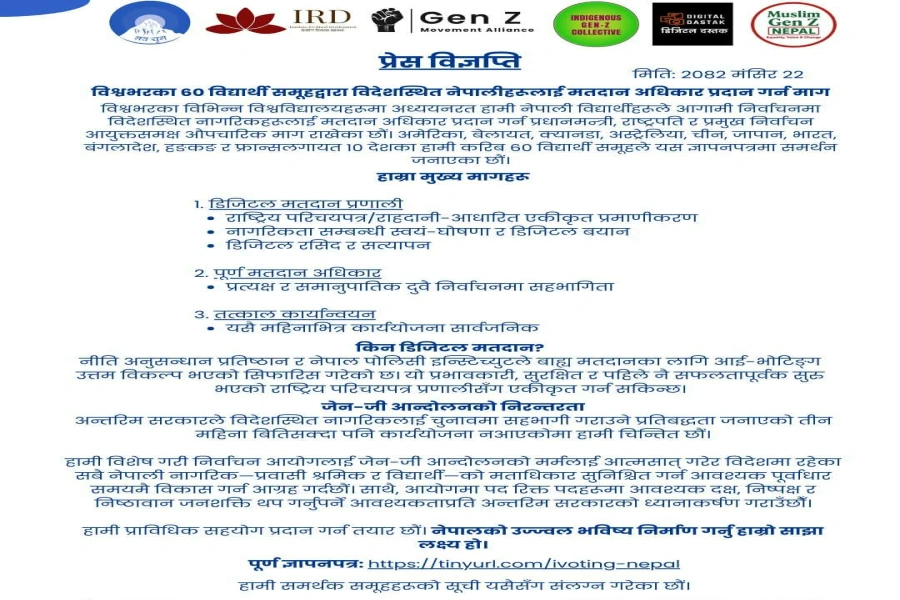The movement of labor across international borders is a significant phenomenon in today's globalized world, with profound economic implications for both sending and receiving countries. One such noteworthy migration pattern is the flow of Indian labor into Nepal, which has far-reaching consequences for Nepal's economy, society, and the individuals involved.
Migration is a significant phenomenon in South Asia, particularly between neighboring countries like India and Nepal. One of the most notable forms of migration is the movement of Indian laborers into Nepal for various employment opportunities. This migration has profound economic implications for both countries, particularly for Nepal, where the influx of Indian laborers has multifaceted effects on the economy. Understanding these impacts is crucial for policymakers and stakeholders in both nations.
Labour migration between India and Nepal has been a longstanding phenomenon, deeply intertwined with the socio-economic fabric of both nations. This dynamic movement of people across borders has significant economic ramifications, particularly for Nepal, where a substantial portion of the population relies on income generated abroad.
Historical Context:
The movement of people between India and Nepal has a long historical precedent, owing to the open border and cultural ties between the two countries. Over the years, economic disparities, political instability, and opportunities in India have fueled significant labor migration from Nepal to its southern neighbor. However, recent trends indicate a growing influx of Indian workers into Nepal, primarily in sectors such as construction, agriculture, manufacturing, hospitality, and informal sectors. This phenomenon has profound implications for Nepal's economy, shaping its labor market, income distribution, and overall development trajectory.
Economic Contribution:
Nepal Labour Migration Report 2022 launched

Indian labour migration enriches Nepal's economy by providing a vital workforce in sectors facing shortages of skilled or unskilled workers. In urban areas, Indian migrants are frequently employed in construction projects, contributing to the development of infrastructure. Additionally, in the agricultural sector, they play a crucial role during peak seasons, aiding in activities like planting and harvesting. Indian migrants often fill labor shortages in sectors with high demand for cheap and unskilled labor. These laborers take up jobs that locals are unwilling to do, filling crucial gaps in the workforce and contributing to the overall productivity of the economy.
Furthermore, Indian migrants also play a role in Nepal's informal economy, including retail trade, transportation, and small-scale manufacturing. Their entrepreneurial activities contribute to employment generation and income generation within local communities, thereby stimulating economic growth at the grassroots level.
Remittances:
Labor migration serves as a critical lifeline for many Nepalese families, especially those residing in rural areas with limited economic prospects. Remittances sent back by migrant workers form a substantial portion of Nepal's GDP, providing households with a stable income source. These funds are often channeled into investment avenues such as education, healthcare, and small-scale entrepreneurship, thereby contributing to poverty alleviation, household welfare, and economic development.
However, reliance on remittances can have adverse consequences, such as dependency syndrome and neglect of local economic activities. To mitigate the risks associated with dependency on remittances, Nepal should focus on diversifying its economy and creating employment opportunities in sectors such as tourism, agriculture, and renewable energy. This would reduce vulnerability to external shocks and enhance economic resilience. It is also essential to promote financial literacy and productive investment among remittance-receiving households to maximize the developmental impact of remittances.
On the other hand, remittances sent by Indian workers to their families back home significantly affects Nepal's foreign exchange reserves.
Trade and Business:
The presence of Indian laborers in Nepal also stimulates cross-border trade and business activities. They create demand for goods and services, leading to increased trade flows between the two countries. Additionally, Indian migrants sometimes establish small businesses in Nepal, fostering entrepreneurship and economic diversification.
Impact on Employment Dynamics
The Indian labor migration affects employment dynamics in Nepal. The influx of Indian workers can lead to competition for jobs, particularly in sectors with high demand for labor. This can have both positive and negative implications, as it may stimulate productivity and innovation while also potentially displacing local workers.
Beyond economic implications, Indian labor migration influences social and cultural dynamics in Nepal. The presence of Indian workers contributes to cultural exchange and integration, fostering a more cosmopolitan society. However, it may also pose challenges related to social cohesion and identity, particularly in communities where cultural differences are pronounced.
Policy Implications:
While Indian labor migration brings economic benefits, it also poses several challenges, particularly in terms of labor rights, exploitation, social integration and cultural assimilation. Issues such as language barriers, cultural differences, and competition for resources can lead to social tensions between migrant workers and local communities. This may involve measures to regulate migration flows, protect the rights of migrant workers, and promote their socio-economic inclusion.
To maximize the economic benefits of Indian labour migration and mitigate its adverse effects, policymakers in Nepal need to adopt a comprehensive approach. This includes implementing policies to enhance the skills and productivity of the domestic workforce, promoting sustainable development initiatives in migrant-sending regions, and strengthening social protection mechanisms for migrant workers and their families.
Furthermore, bilateral cooperation between Nepal and India is essential to address the challenges associated with labour migration effectively. This involves fostering dialogue, harmonizing migration policies, and improving the governance of migration flows to ensure the rights and welfare of migrant workers are protected.
Conclusion:
In conclusion, Indian labour migration has profound economic implications for Nepal, shaping its development trajectory in significant ways. While it brings about economic benefits such as entrepreneurial opportunities, and cross-border linkages, it also poses challenges such as brain drain and dependency on external remittances. By adopting proactive policies and fostering bilateral cooperation, Nepal can harness the positive aspects of labour migration while mitigating its negative impacts, ultimately contributing to sustainable economic growth and development.





































